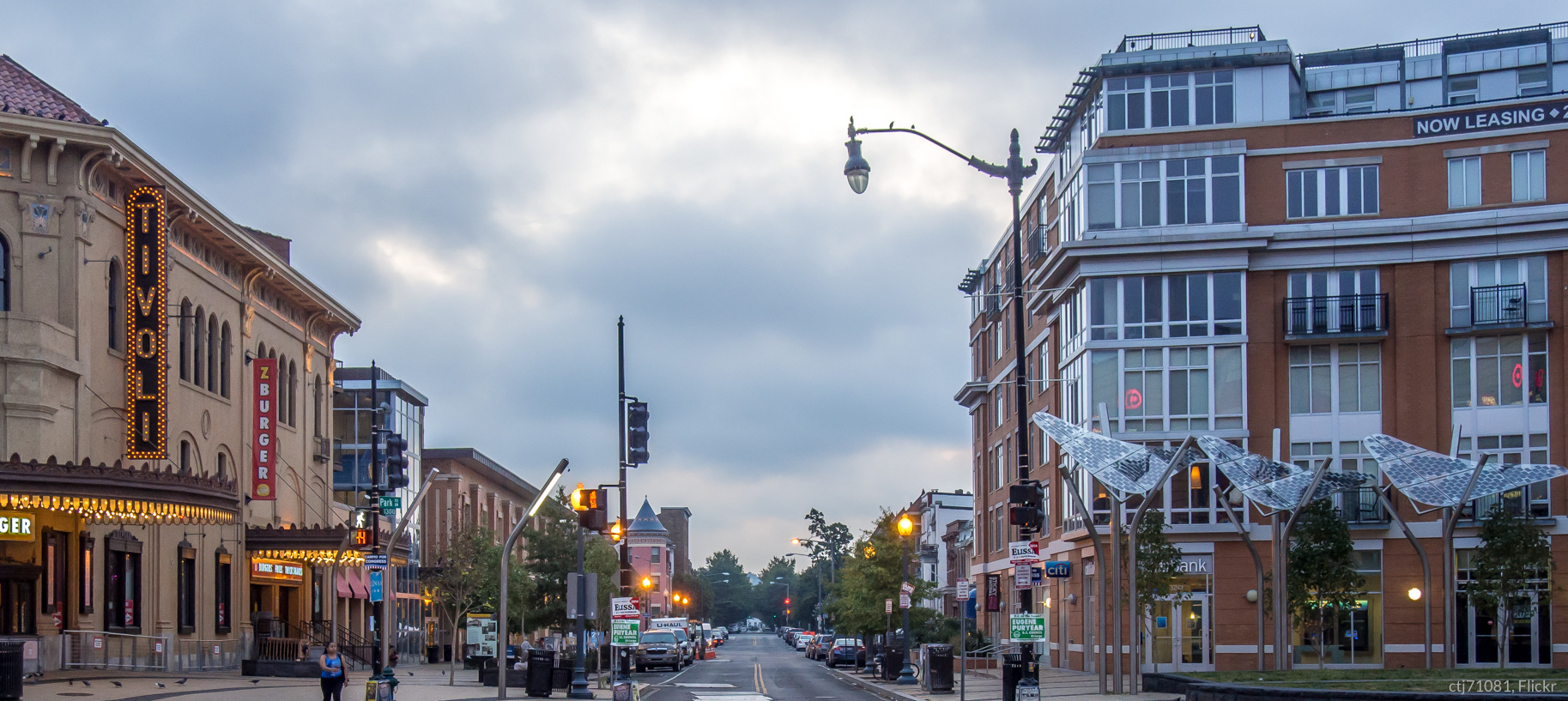 The suburban campus headquarters, once the pinnacle of corporate America, is on the decline. Two recent pieces from the Wall Street Journal and Fortune magazine explain that many companies are choosing to leave their suburban headquarters in favor of walkable downtowns with smart growth features.
The suburban campus headquarters, once the pinnacle of corporate America, is on the decline. Two recent pieces from the Wall Street Journal and Fortune magazine explain that many companies are choosing to leave their suburban headquarters in favor of walkable downtowns with smart growth features.
“The youth of America, when they graduate, they’re looking to go to an urban environment,” Quicken CEO Bill Emerson explained to Fortune. Explaining that top recruits wanted to be in a place where they could live, work and play, Emerson added, “An asphalt parking lot is not necessarily the best way to do that.”
Features like mass transit, shorter commutes, the option of walking to work and access to restaurants and shops – all key principles of smart growth development – are forming a new model of what America’s most desirable workers want. Rather than trying to lure these workers out to the suburbs, many companies – including corporations like United Airlines, Zappos.com, Credit Suisse AG, Panasonic – are relocating to where young, talented professionals want to live. According to Fortune:
In general, suburban or rural locations are cheaper per square foot, have lower taxes, ample parking, and don’t require higher salaries for employees to feel reasonably compensated. But for companies looking to recruit younger people, all those factors have to be weighed against the reality that there is nothing hip about the ‘burbs.
 The popular narrative about younger generations aging and leaving urban centers is presented as inevitable. But most news stories fail to examine why many younger people are taking up residence in suburbia—or whether or not the suburbs they’re choosing have more in common with cities or the exurbs their parents preferred. Perhaps their move to the suburbs is more a product of constrained housing supply that leaves them with little choice but to decamp as they grow.
The popular narrative about younger generations aging and leaving urban centers is presented as inevitable. But most news stories fail to examine why many younger people are taking up residence in suburbia—or whether or not the suburbs they’re choosing have more in common with cities or the exurbs their parents preferred. Perhaps their move to the suburbs is more a product of constrained housing supply that leaves them with little choice but to decamp as they grow.



